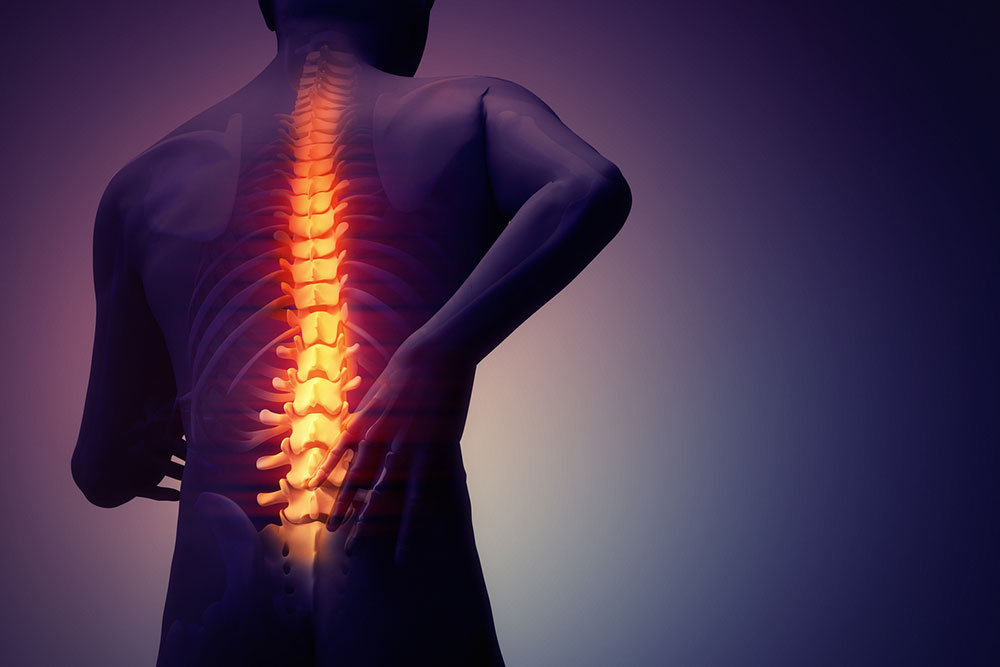
Spinal Muscle Atrophy – A Rare Condition
Spinal muscle atrophy or SMA is a genetic disorder associated with the nervous system, affecting limb movement. The disease is severe and has adverse effects on children; sometimes, it could also affect adults. One of the Spinal Muscle Atrophy (SMA) types that are common are the ones that are associated with Chromosome 5. But, there is also another type that is not associated with chromosome 5.
Some of these other forms of SMA are not directly related to the SMN protein, which generally give rise to the defects that may be present in the other chromosomes in the body. The level of severity of this condition dependent from individual to individual, but they do bear a link to the muscles that are actually affected as well.
1. SMARD
One of the rarest spinal muscle atrophy (SMA) type is the one that is associated with respiratory distress, also known as SMARD. This specifically occurs when the IGHMBP2 gene in the body is affected. Infants who are affected by this type would experience a more severe form of respiratory distress alongside the usual muscle weakness.
2. Distal SMA
Another form of spinal muscle atrophy (SMA) that is rare is distal SMA; this affects the hands and feet in particular. This is more of an inherited condition and is recessive in nature like the SMA linked to chromosome 5 associated with types 1 to 4. In some cases, each parent could have been a contributing factor to the deterred chromosome or it could be from one dominant parent too.
Sometimes the distal SMA has more to do with the defect of the X-chromosome. As a result, they are more dominantly diagnosed in men as compared to women. There have been quite a lot of genetic indicators that seem to cause this form of distal SMA, and the subtypes are dependent on the muscles affected as well as the progression rates. The most common genes known to be affected are – DYNC1H1, PLEKHG5, TRPV4, FBXO38, GARS, and UBA1. There are also cases where this spinal muscle atrophy (SMA) type could overlap with Charcot-Marie-Tooth disease (CMT). The diagnosis depends on the comparison of motor symptoms against the sensory symptoms.
3. X-linked SMA
There is another form of mutation to the UBA1 gene linked to the X-Chromosome. This is known as X-linked SMA. This is very close in its traits to that of the chromosome 5 linked type 1 SMA since the age of occurrence is early-onset in infants and the symptoms are quite severe in nature. Being another disorder linked to X-chromosome, it is men who are more susceptible to this as compared to women.
These diagnoses are not easy and need to be tended to with careful attention. It is best to talk to your doctor in detail about these types to understand them better if your child has SMA. The condition and severity definitely vary from individual to individual.


